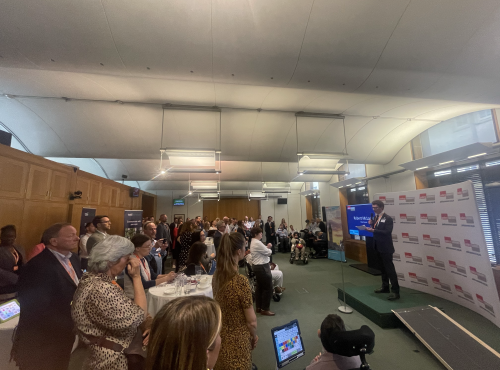Design skills and the UK's Industrial Strategy
Design is a British success story. Research by the Design Council found that in 2016 the sector was worth £85.2 billion in gross value added (GVA) to the UK. Importantly, it outpaced general economic growth rate: as a whole the sector has enjoyed an annual growth rate of 6% since 2014 against an economy-wide average of 4%. Designers are also 29% more productive than the average UK worker.[1] This growth has been driven by newly formed SMEs and microbusinesses. In 2016, one in three design roles were digital.
In the next 10 years, the UK will face the advent, commercialisation and adoption of new technologies. A 2015 report by Nesta noted that “crucially, for both the UK and the US, none of the jobs at all in the highly creative category (including design) are at high risk of automation.
To compete outside the EU the UK will need to capitalise on its strengths in an automated global economy. Our design sector strength is one answer.
The All-Party Parliamentary Design and Innovation Group (APDIG) - with the support of the Design Business Association (DBA) and the Design and Technology Association - is setting out a vision for how design thinking and skills can be embedded into education. By equipping the workers of the future with the ability to think creatively and approach problems from a design perspective, the UK can build on the high growth rate of the design sector. With such policies at the forefront of the educational and industrial agenda, the UK can confidently face the challenges of automation and digitisation: the Fourth Industrial Revolution.
This is not an official publication of the House of Commons or the House of Lords. It has not been approved by either Houses or its committees. All-Party Parliamentary Groups are informal groups of Members of both Houses with a common interest in particular issues. The views expressed in this report are those of the group.



